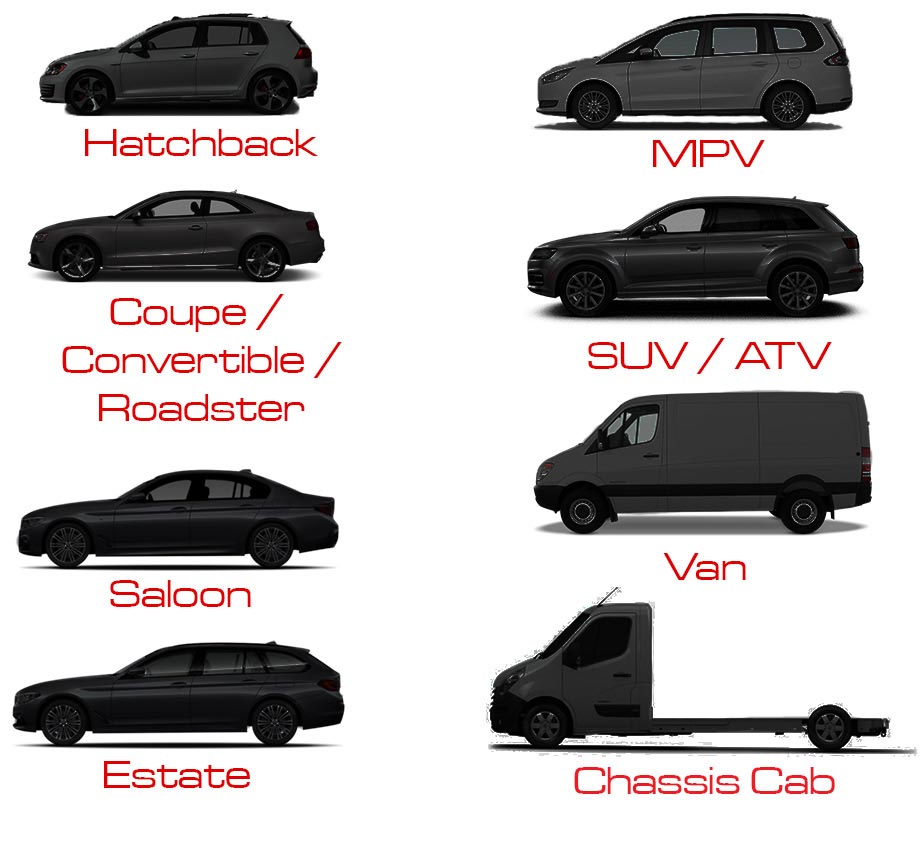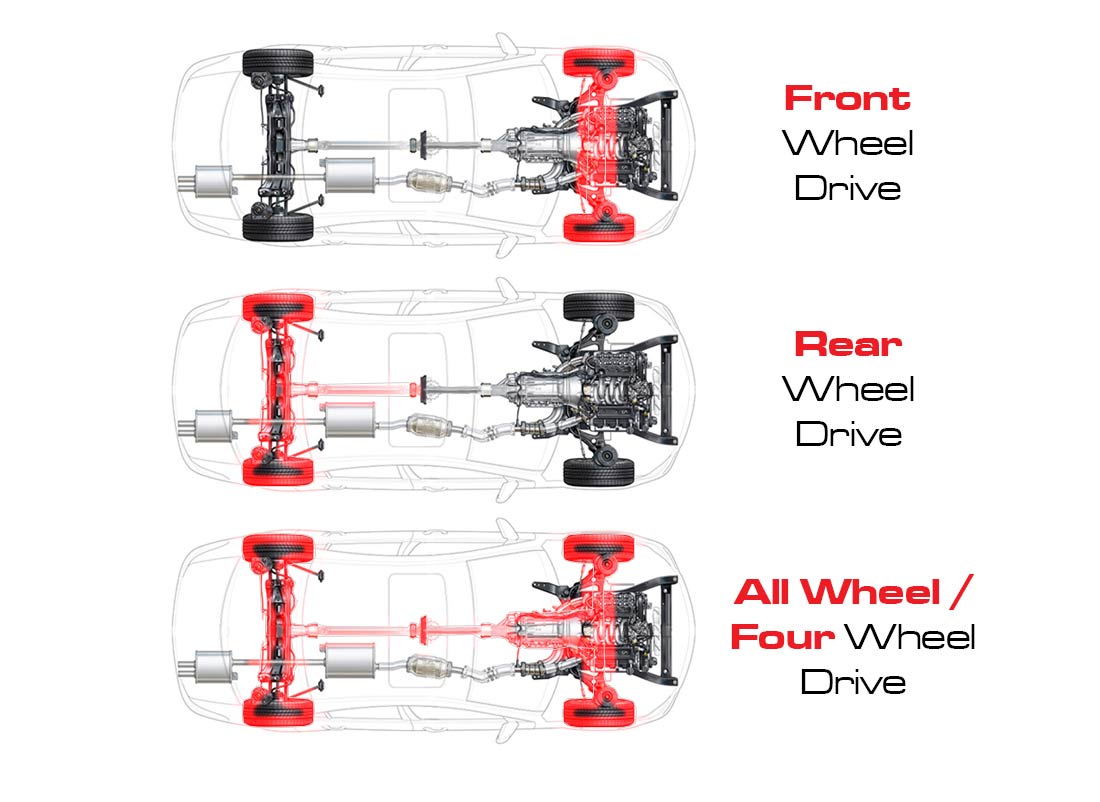Enter Your Number Plate:
OR SELECT YOUR VEHICLE:
X



Current Registration System
The two numbers in the middle of the registration state the year:
The first number will be a 1/5/6.
If it is a 1, it is registered between March and September: If it is a 5/6, the vehicle is registered after September and before March.
The second number states the year:
For example KC63 KFF was registered between Sept 2013 and March 2014.
The first number will be a 1/5/6.
If it is a 1, it is registered between March and September: If it is a 5/6, the vehicle is registered after September and before March.
The second number states the year:
For example KC63 KFF was registered between Sept 2013 and March 2014.

Prefix Registration System
Vehicles registered pre 2001 are subject to a prefix and suffix system. The most common is
prefix.
The first letter represents the year the car was registered.
For example, M673 SWP was registered in 1994.
To find which year your car was registered, enter your registration into the DVLA vehicle check
For example, M673 SWP was registered in 1994.
To find which year your car was registered, enter your registration into the DVLA vehicle check
X
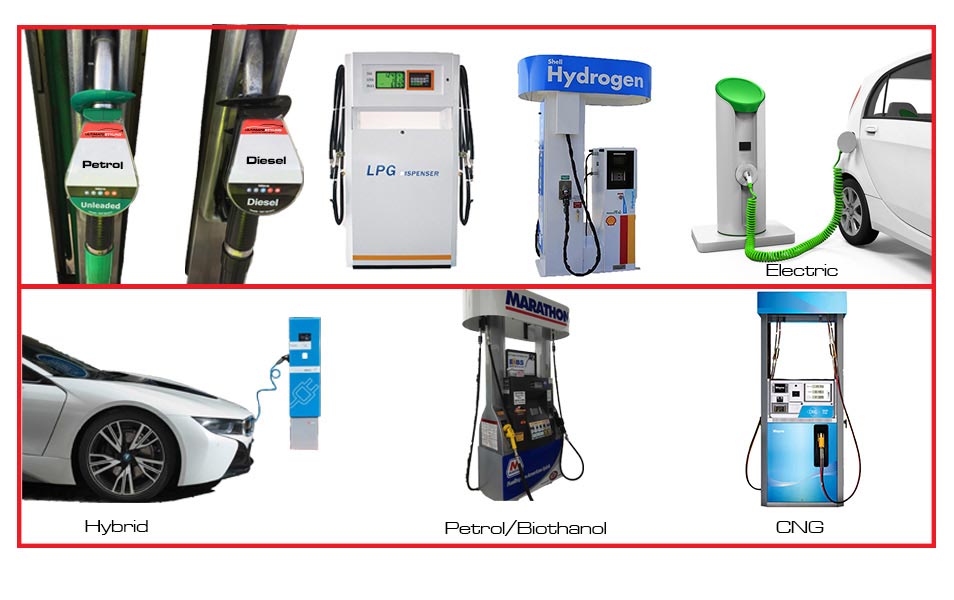

If you don’t know which fuel type your vehicle is, refer to your logbook or simply check
the filler cap.
X
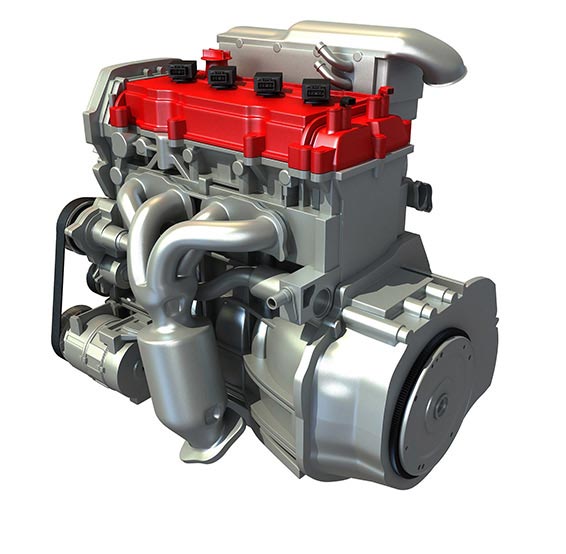

Your engine size can often be refered to as litres (l) or cubic centimeters (cc). Refer to
your vehicle logbook to check or enter your registration into the DVLA Vehicle Check
website.
X
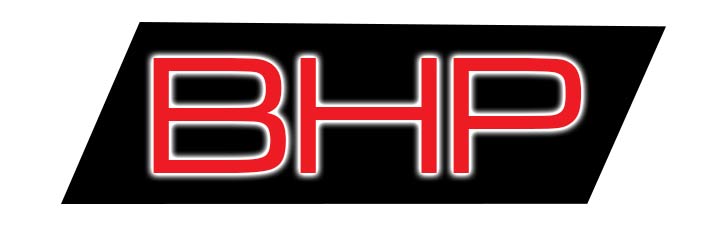

The power output of your vehicle is measured in BHP.
To find out your BHP, please check your vehicle handbook.
To find out your BHP, please check your vehicle handbook.
Wishbones & Suspension Arms

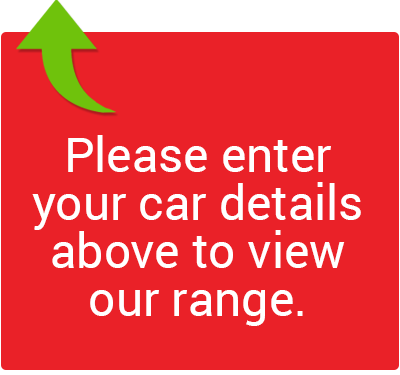
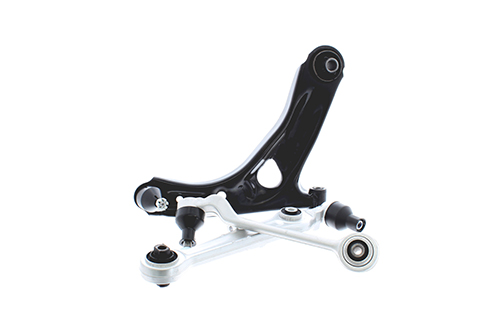
What You Need To Know About Wishbones, Suspension Arms And Steering Products.
Wishbones are a crucial part of a cars suspension. The wishbone allows for the wheels to move up/down and absorb any shocks from the surface below. Wishbones connect from the wheel to the car. If you notice poor handling in the vehicle, the wishbone may be showing signs of wear. Therefore, requiring replacement.
To check whether there is an issue with the suspension we would recommend taking the vehicle to a local garage or approved dealer.
Whether you require front suspension, rear suspension or both, we offer a comprehensive range of car suspension parts to return your car to its optimum performance, safety and comfort.
Wishbones & Suspension Arm Terms
Here is an explanation of the terms used to help you choose the right Wishbone & Suspension Arms for your vehicle
Steel Manufactured from Steel
Cast Iron Manufactured from from Cast Iron
Alloy Manufactured from an Alloy
Ball Joint Flexible joint linking the Suspension Arm to the vehicle wheel.
Rear Mounting Bush Flexible Bush connected to the rear of a Suspension Arm.
Front of Wheel The suspension arm is located to the 'Front' of the wheel.
Rear of Wheel The suspension arm is located to the 'Rear' of the wheel.
Standard Duty To suit Light Commericial Vehicles (LCV) that are used for 'standard duty' requirements.
Heavy Duty To suit Light Commericial Vehicles (LCV) that are used for 'heavy duty' requirements.
(->ch.12335) To suit vehicles with a chassis number up to 12345.
(ch.12345->) To suit vehicles with a chassis number greater than 12345.
(Eng.CJCA) To suit vehicles with engine type CJCA.
Frequently Asked Questions
What is a wishbone on a car?
The wishbone forms an integral part of your car's suspension. It allows the wheels to move up and down in order to absorb any shock from uneven road surfaces.
What does a wishbone do?
The wishbone connects the wheel to the car but allows the wheel to pivot. The wishbone stabilises the car's suspension and is vital in dissipating shock. If your car is suffering from poor handling, it is likely there is a wear on the wishbone bushes, if this is the case the whole wishbone needs to be replaced.
How do I replace the wishbone on my car?
It can be done by someone is who is competent in car mechanics but it is recommended to be replaced by a garage as it is a more complicated procedure.
How much will a replacement wishbone cost?
It is specific to the manufacturer and model of the car, so prices will vary.
How can I check my car suspension?
If you suspect that there may be an issue with your car suspension or suspension bushes we recommend that you take it your local garage or approved dealer for investigation.
What are the different materials the parts are manufactured in?
There is the steel, cast iron and alloy. If you are unsure what material you require please refer to the vehicle refine product finder, which will narrow down our products to your vehicle and will state the manufactured material in the specification.
What duty will my vehicle require?
There is standard and heavy duty. Standard duty is for Light Commercial Vehicles ‘LCV’ for standard requirements. Or there is heavy duty LCV vehicles. Both of which require the weight of the vehicle to be below 3.5 tonnes.
What other things do I need to be aware of?
A ball joint is a flexible joint linking the suspension arm to the vehicle wheel. Please note our products may not offer this, please refer to the product description to determine whether they include the ball joint.
Rear mounting bush is connected to the rear of the suspension arm. This is the part which will show signs of wearing indicating the need for replacement. If this occurs the whole wishbone/suspension arm must be replaced.
The suspension can deteriorate for either the front of the vehicle and the back. Please refer to the product description to determine what part of the vehicle the part is for. If you are replacing for example the front of the vehicle, we would recommend replacing both the passengers and drivers side for even wear. The same would apply to the rear.
Wishbones may be damaged by poor road conditions for example, driving on roads with bad pot holes.






